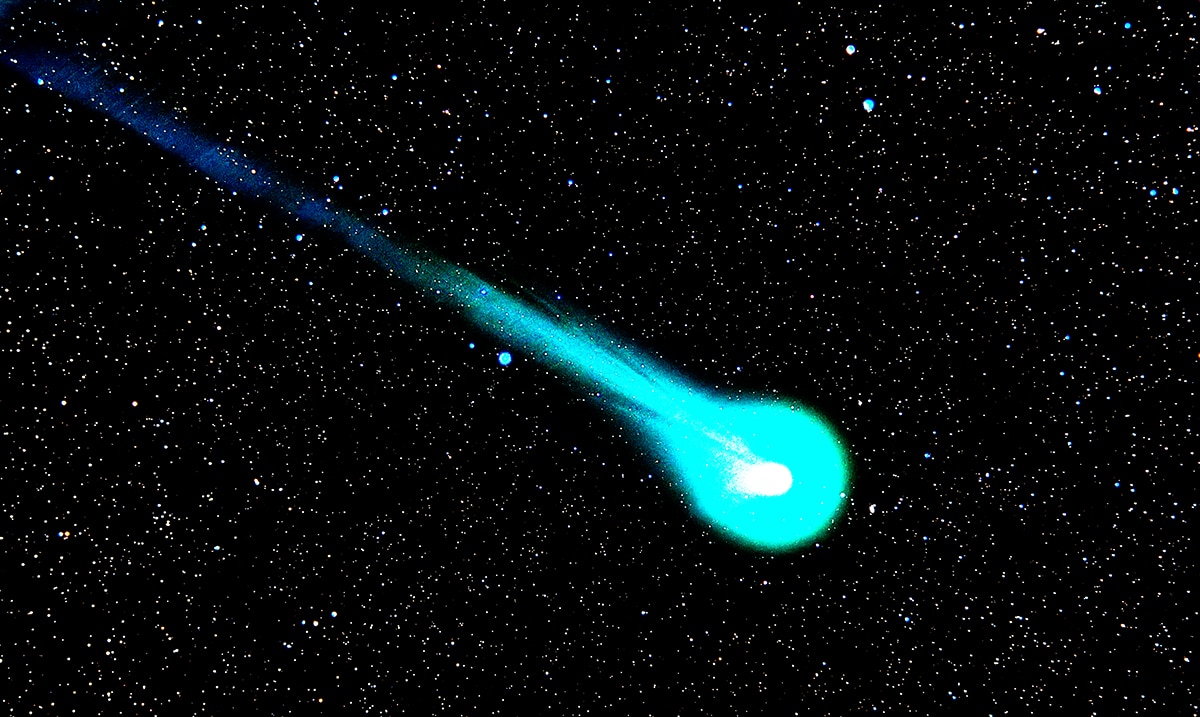Bernardinelli-Bernstein was found during a Dark Energy Survey on accident by Gary Bernstein and Pedro Bernardinelli. They were actually observing the data set collected in 2014 in order to observe other phenomena when they stumbled upon the find of a century.
In the midst of their data, they discovered a tiny dot that was moving through the images. Because the comet was so far away at the time of their research, they were unable to get a good idea of its size. However, it was obvious that it was likely large.
The comet came from the Oort Cloud, which is a cloud of ice and icy chunks that is found at the edge of our solar system.
In 2031, it will make its closest approach to Earth, while remaining just outside of Saturn’s orbit.
Our barycentric orbit solution has a ~ 10,500+-300 au, e = 0.999477+-0.00007, i ~ 95 degrees. Perihelion is roughly 10.5 au @ early 2031. This is a bit different from the MPEC and @TM_Eubanks’s solution, which is fine, given differences in algorithms and bary/helio orbits
— Dr. Pedro Bernardinelli (@phbernardinelli) June 20, 2021
According to recent observations, the comet is over 85 miles in diameter, making it nearly twice as big as the Hale-Bopp comet. Not only is it twice the size of the Hale-Bopp comet, but it’s also the largest comet ever discovered and measured to date. These findings were published in the scientific journal Astronomy & Astrophysics.
Because of its size, even though it currently poses no threat to us, scientists will continue to monitor the comet.
“It’s huge,” says Samantha Lawler, an astronomer at the University of Regina. “It’s by the far the biggest comet that’s ever been discovered.”
Of course, there could be other giant comets in the galaxy that haven’t been discovered just yet.
Previously estimated measurements believed it could potentially be 230 miles across, and while it isn’t quite that, it’s still massive.
The closer the comet gets to the Sun, the more the ice on its surface will sublimate, eventually turning the comet into a gas. In turn, it will look far more like a comet with a distinctive coma and tail.

